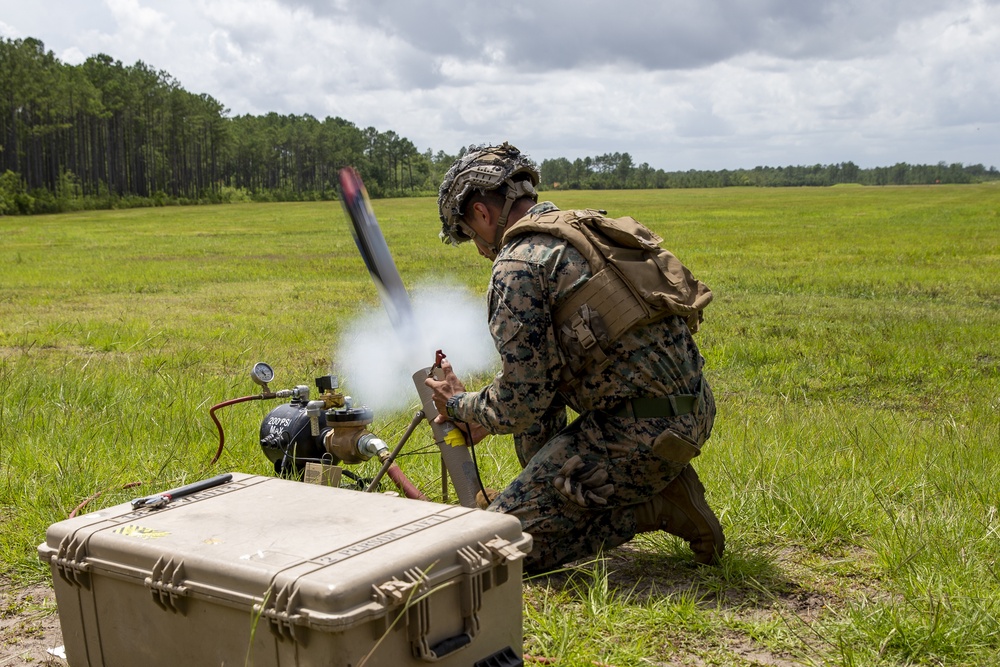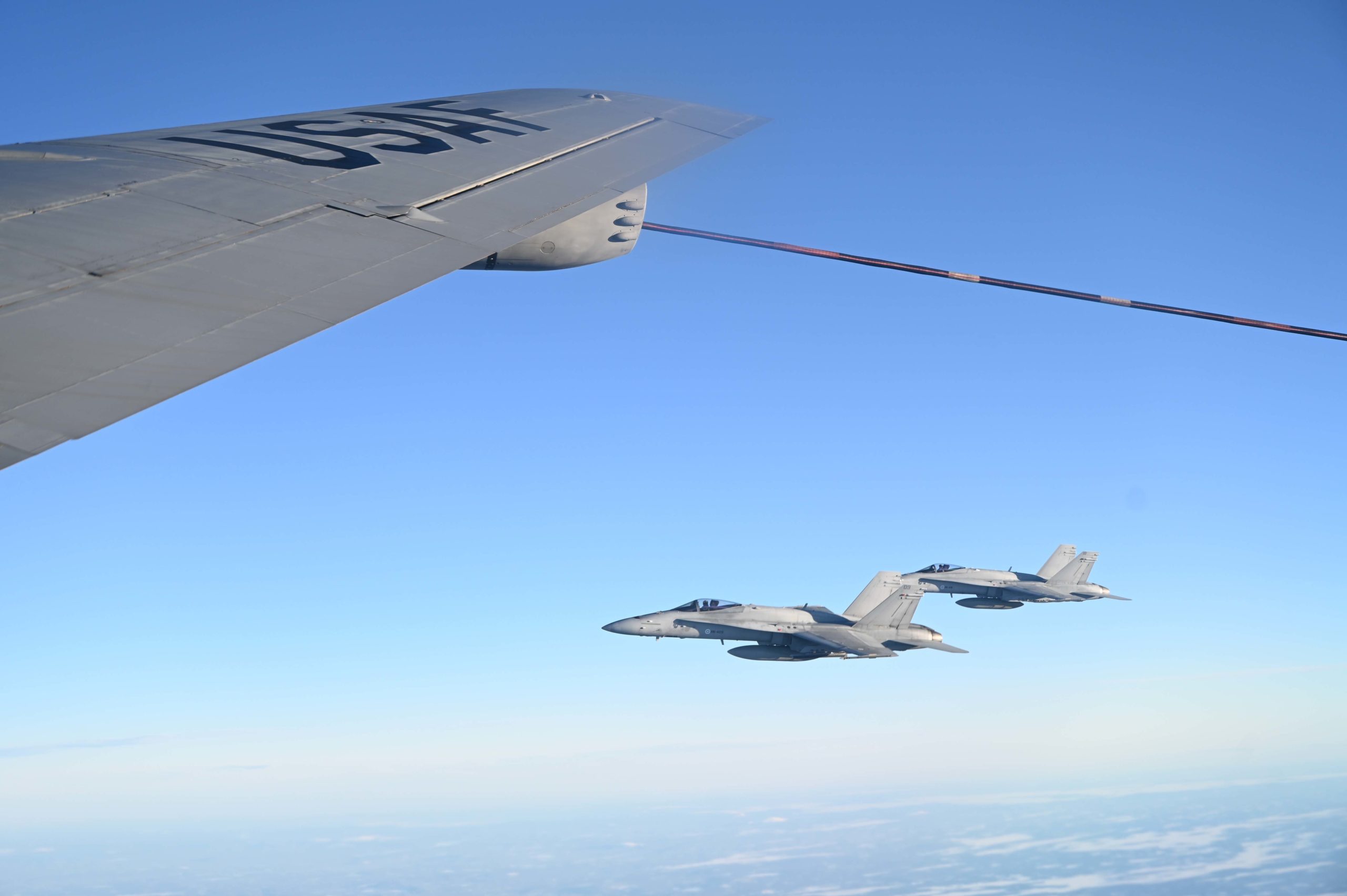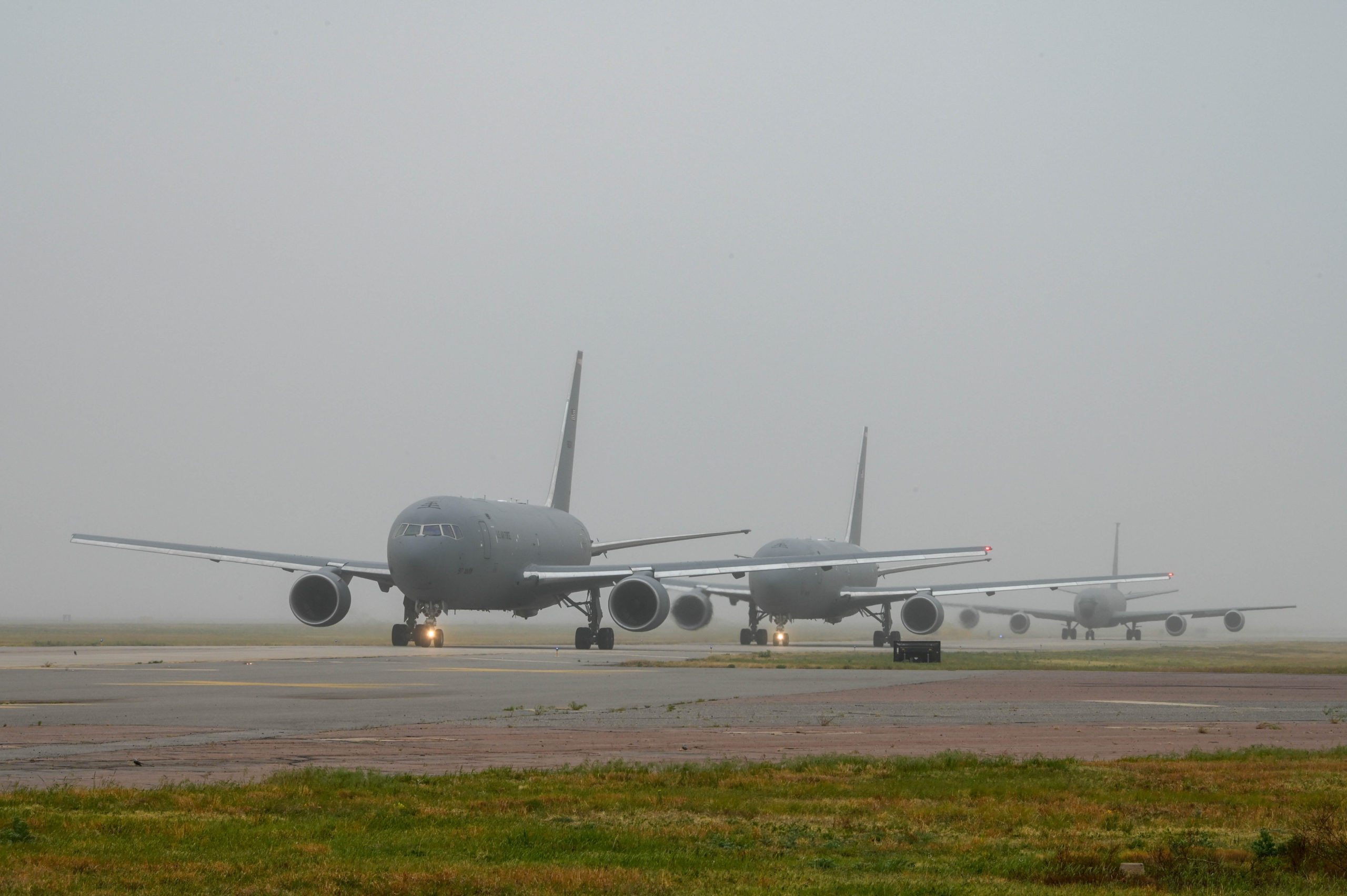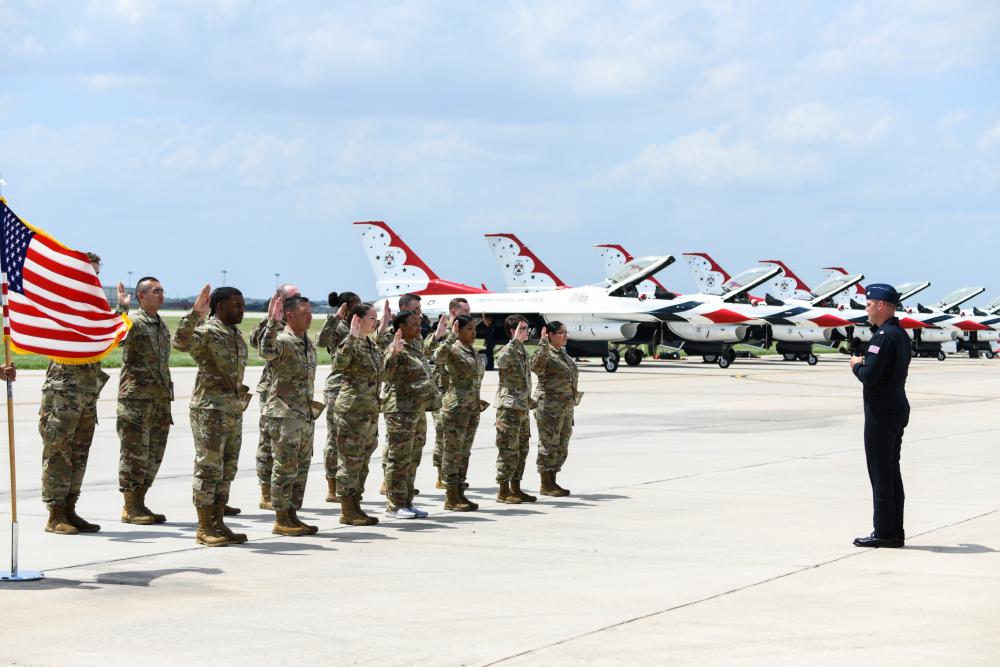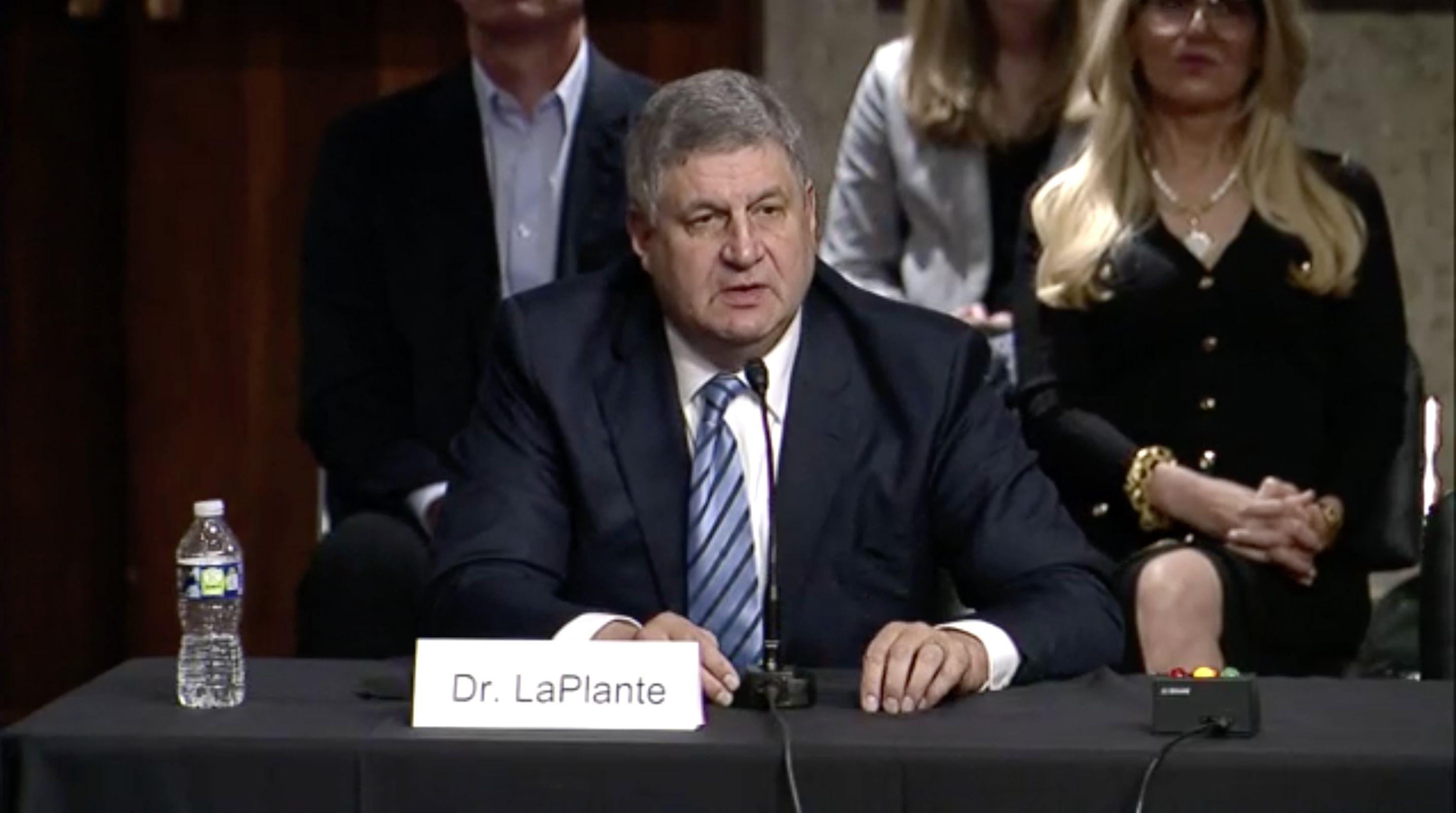The Pentagon knows the equipment and posture it must have now and what it must have 15 years from now. But filling in the middle is what’s delaying the public release of the National Security Strategy and National Defense Strategy, which now may not come out for several months, Deputy Defense Secretary Kathleen H. Hicks said.
Speaking at a Reagan Forum event to explain the connection between the defense budget request and the NDS, Hicks said the administration has fulfilled its requirement to provide Congress with a classified summary of the NSS and NDS.
But, “A strategy is not a document. A strategy is something that you live and execute, and it should be constantly reviewed and updated. That’s true of our NDS, it’s true of the National Security Strategy. And I do anticipate you’ll see that in the coming months,” she said. It’s important to take the time to “get that right,” she added, because of the fast pace of change in international security.
Hicks said the administration plans to “work with Congress” on addressing spending shortfalls resulting from inflation. The fiscal 2023 budget, she said, was built on inflation estimates that proved short of reality, and will need to be revisited.
The NSS is not yet a “finalized document,” Hicks said. Managing and organizing the provision of aid to Ukraine has consumed the attention of Administration leaders, she said while admitting, “you have to walk and chew gum at the same time.”
While the Administration would like to provide a “fuller” unclassified version of the NDS, “it’s appropriate to wait to see how the NSS is built out. So we make sure it’s … nested there.”
Despite criticisms that Russia was not deterred from attacking Ukraine, it has not attacked the U.S. or NATO, Hicks asserted, saying deterrence has been effective in that regard. The U.S. had no mutual-defense agreement with Ukraine, she noted, although the Administration and Congress have “delivered over $4 billion in security assistance to Ukraine” since 2020 “and over $3 billion since the invasion [began] on Feb. 24. That’s remarkable.” She also noted that President Joe Biden has requested an additional $33 billion in assistance to Ukraine, “$16 billion of which will be for the Department of Defense.”
Hicks explained that she’s “proselytizing a three-FYDP,” or five-year Future Years Defense Plan, view of meeting both immediate threats—such as Russia’s invasion of Ukraine—and longer-term threats, such as China’s designs on Taiwan.
The first FYDP—the one spelled out in the fiscal 2023 defense budget request—deals with the “here and now” threat, Hicks said, while two FYDPs away is the objective force. What’s taking time to plan is “how you get from here to there.”
The first FYDP is about “what do I need now. And ‘now’ for us … is ‘23 to ’27.” She also noted that 2027 is a “notable” year for China because it’s said it intends to have the capabilities necessary to take Taiwan by that time.
In the first FYDP, it’s “less on new capital investments that take a long time to come to fruition,” but on “that campaigning and deterrent capability today.” The focus is on survivability, cyber and space resilience, “guided munitions,” and a steady pace of nuclear modernization, she said, acknowledging the latter is an area where “we were under-invested in for so long that we’re now having to pay that price.”
Jumping ahead to the third FYDP, Hicks said that will be the “force design” period with “robots, and all the future stuff” that needs to be developed now, with heavy research and development.
The challenge will be winning the trust of Congress that “we … actually have a viable pathway to that.” The “lack of trust and confidence is what keeps sliding us back.”
Showing that there is a “viable pathway” to the force design is what happens in the middle FYDP, Hicks said, using new authorities from Congress and accelerating experimentation and building out the Joint Warfighting Concept.
Characteristic of the middle FYDP are “pathway finders, … making sure that digital backbone” and software efforts are “tying the concepts to actual capabilities that can be fielded. I think that’s where we have to make a lot of progress.”
What the Pentagon doesn’t want, she said, “is added topline that’s filled with new program, that we can’t support and afford in the out-years and that doesn’t cover inflation. That is my No. 1 concern.”
Hicks said the U.S. correctly predicted Russia’s invasion of Ukraine, and one of the pleasant “surprises” has been that NATO allies “have really embraced the moment” by heightening their readiness, providing aid, and standing together.
“And of course, the Ukrainian people have really demonstrated that the will to fight for your country to protect democracy is probably the most powerful tool” anyone has applied.
Although Russia was not deterred from attacking Ukraine, it has “not yet seen the full effects” of economic sanctions, and in their full “devastating” measure, Hicks said she thinks Russia will be deterred from expanding the scope of the war.
Hicks said there are lessons to be learned from Ukraine, although that conflict is “not done, … and lessons will build.” But “a major lesson is the will to fight and a demonstrated capability to fight.” That’s a “clear takeaway for Taiwan, … making sure they are investing themselves in the self-defense that they need to have.” The U.S. will support Taiwan with equipment but there are “more reforms they need to undertake, and we will support them on that.”
A broader takeaway is that “market economies … have huge throw-weight,” and “when they choose to bring that to bear, it can have devastating effect … That is a big lesson” and Europeans can conclude that large investments in defense can have strong deterrent effect. This will also be “a big takeaway for the Chinese on the costs of aggression.”

